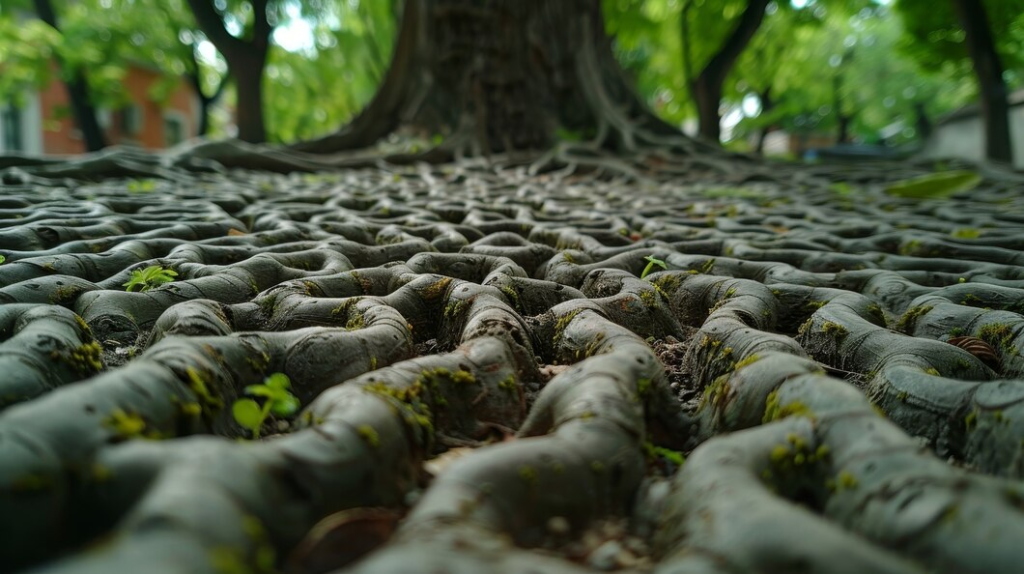‘Naga Aradhana’- A Profound Culture Celebrated For Generations

India has a broad culture of different worship systems, which mark the specific rituals of communities. We have a comprehensive way of worshipping nature and naturalistic elements. We have the sun and moon as our gods and trees as our goddesses. In certain parts of India, worshipping serpents as gods is a common custom. These serpent gods hold a significant place in our culture, symbolising fertility, protection, and divine power. Such temples are dedicated to serpent gods and sacred groves are maintained near them, creating a natural ecosystem for snakes, known as ‘sarpakavu’.
In Kerala, where serpent worship is deeply ingrained, every temple has a unique abode for the serpent gods. However, a few temples stand out for their dedication to serpent worship. These include Mannarassala, Pampumekkattu Mana, and Vettikkod Sree Nagaraja temple, each with unique rituals and traditions.
Mannarassala Sree Nagaraja Temple
The Mannarassala Nagaraja temple, located in Haripad, Alappuzha district of Kerala, is not just a place of worship but a living testament to India’s rich history and culture of serpent worship. Patronised by a Brahmin family, this ancient pilgrimage site has gained international recognition for its special rituals and devotion to snake gods. The regular pujas, offerings, and sacred grove are all a testament to the enduring nature of this religious practice, making it a must-visit for anyone interested in Indian culture and traditions.
Pambumekkattu Mana
Pambumekkattu Mana, situated in Mala, in the Thrissur district, is a famous worship centre for serpent gods. Nagaraja and Naga Yakshi are the main deities here. The temple has vast land containing five big sarpakavu dedicated to serpent gods. The temple is managed by a Brahmin family, who have been entrusted with this responsibility for generations. Devotees visit the temple every year. Rahu pooja is performed as a particular offering in this temple.
Aadimoolam Vettikkod Sree Nagaraja Swami Temple
Vettikkod Nagaraja Temple, an ancient shrine dedicated to serpent gods, is situated in Kayamkulam. Ayilyam Mahotsavam is the main festival, held annually at the temple, which attracts devotees. The festival starts seven days before Ayilyam. These days are full of unique rituals and traditions culminating in a ceremonial procession from the temple to Meppallil Illam, an ancient Brahmin home. As the sun sets, worshippers can witness the mesmerising Sarpabali ritual performed to appease the serpent gods. The festival concludes with the daily rituals, making it an unforgettable experience you wouldn’t want to miss out on!
Beyond their cultural and religious significance, these temples play a vital role in preserving traditional ecological knowledge and biodiversity. They serve as sanctuaries for snakes, maintaining a delicate balance in the ecosystem. This aspect of their function, often overlooked, is something that should be appreciated by all, as it highlights the harmonious relationship between humans and nature that is at the heart of Indian culture.